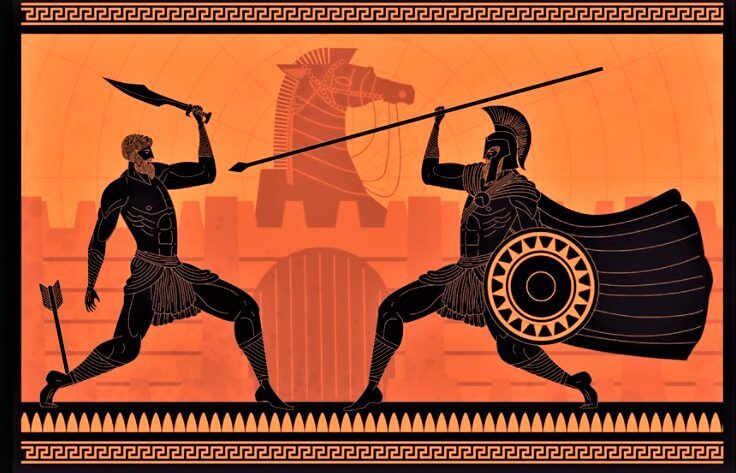
Did Amazon purposely draw out the process of being able to cancel a Prime membership?
According to internal documents obtained by Insider, it seems there was a concerted effort on behalf of Amazon to create delays and complications for Prime members looking to cancel their subscriptions. Amazon is a complex website, with a large number of drop-down menus, that are not always easy to find or navigate. The multistep-complex process is just one example of a subtle user-experience design that is often confusing to shoppers.
With mounting complaints and investigations, there does in fact appear to be a purposeful initiative on behalf of Amazon to misdirect members who are trying to cancel their subscriptions. Code-named “Iliad”, Amazon chose to create multiple-layers of questions and have several new offer pop-ups appear during the cancellation process.
It’s always important to try to be impartial and balanced when researching an article, so I decided to look into it myself. After 5 clicks, I found a button “Cancel Prime Membership” and this is the screen I got. Personally, it reminded me of driving the main strip in Las Vegas; my friends and I tired from a long flight, desperately and seeking the location of our hotel, only to be bombarded by master level misdirection propaganda efforts via flashing signs, strangers shoving graphic flyers at us, and offers for things I was never interested in buying in the first place.

According to a March 14th 2022 article on Protocol, writer Nat Rubio-Licht shares that “Amazon is using a design tactic known as ‘dark patterns’, which manipulates customers into signing up for things they may not want, through misleading and vague offers. Those patterns include fine print, oversized ‘accept’ buttons and Amazon’s ‘Get FREE Two-Day Delivery with Prime’ button. That button automatically enrolls users in a free Prime trial, which later converts to a paid one.”
According to BBC news (Jan 2021) “The Norwegian Consumer Council (NCC) found that cancelling a subscription required scrolling through six pages and making several complex choices”. After numerous complaints, the the NCC launched an investiagtion and found that Amazon manipulates users through graphic design and wording, making the process unnecessary challenging and difficult to understand. Along the same vien, in an article written by Hannah Towey and Eugene Kim, published in Insider (March 2022), they state that “multiple complaints” have been made to the Federal Trade Commission seeking an investigation into Amazon Prime’s cancellation process and how it uses alleged ‘dark patterns’.
However, in an email to Insider an Amazon spokesperson claimed that the sign-up, membership and cancellation processes for Prime are “simple and transparent and clearly present customers with choices and the implications of those choices.” Jamil Ghani, Vice President of Amazon Prime, shared in a statement “Customer transparency and trust are top priorities for us” and “By design, we make it clear and simple for customers to both sign up for or cancel their Prime membership. We continually listen to customer feedback and look for ways to improve the customer experience.”
Regardless whether or not Amazon meant to purposely confuse and convolute the membership process, it’s seems to have worked. After the project’s launch in 2017, the amount of Prime cancellations dropped by 14%, as it’s possible that fewer members were able to find their way to the final cancellation page, according to a recent article on The Passive Voice.

Ironically, “Iliad” is the name of an epically complex poem by Homer. Written in 24 books, the narrative examines the 10-year Trojan War, and in particular how deceptive, misdirecting and manipulative methods were used in that battle. According to classical sources, the war begins after the abduction of Queen Helen, which leads to a Bronze Age conflict between the kingdoms of Mycenaean and Troy Greece. The Trojans get a leg up when they offer a mysterious gift to the city of Troy; leaving a large wooden horse outside the gates. Troy brings the horse inside, and when night comes, the horse opens up and a group of Greek warriors, led by Odysseus, spill out and completely sack Troy from within.
Either it’s a huge Freudian-slip and coincidence, or Amazon knew exactly what it was doing when it code-named it’s canellation process “Iliad”.
It seems time will tell, as legal challenges are pending, and Amazon is already in hot water for a so-called “Price-fixing” program, which we recently covered on goodereader.com. A March 9th 2022 New York Times article called “House Panel Calls for Criminal Investigation into Amazon” looks at how members of the Judiciary Committee are accusing Amazon of obstruction, and launching an inquiry into how the maga company treats its third-party sellers.
“Hateful to me as the gates of Hades is that man who hides one thing in his heart and speaks another.” ― The Iliad
(adsbygoogle = window.adsbygoogle || []).push({});
The post Did Amazon Purposely Mislead Members? first appeared on Good e-Reader.
